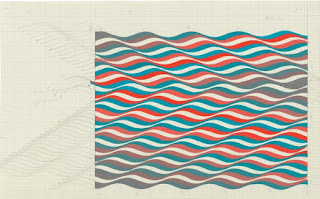It's meant for me to keep as benchmarks for my artistic life, touchbacks for reflection.
4-1-15 LOIS DODD
A loner figurative artist I place in a loose group with Neil Welliver, Fairchild Porter, and Charles Burchfield, other east coast figurative painters I cherish for their deep and abiding love and depiction of nature. I love it that she's loose, gestural. She's old, lives modestly. Has a following.
2-27-15 JOYCE KOZLOFF
One of the founders of the Pattern and Decoration Movement, to which I am drawn because of it's joyous celebration of visual delights. Scully says we create because we are divided. P&D I think comes from the need to fill the void, and because it serves human needs for visual complexity and novelty.
2-26-15 KIM MCCONNAL
2-27-15 ROBERT KUSCHNER
2-26-15 EGON SCHIELE
 |
| 1914 |
Marlene Dumas
MARK ROTHKO
VINCENT VAN GOGH
RICHARD DIEBENKORN
MILTON AVERY
AGNES MARTIN
GEORGIA O'KEEFFE
PAUL KLEE
RACKSTRAW DOWNS
FAIRFIELD PORTER
WINSLOW HOMER
CAMILLE PISARRO
JOHN SINGER SARGENT
RUSSELL CHATHAM
PETER DOIG
WAYNE THIEBAUD
EDWARD HOPPER
ROBERT MOTHERWELL
JMW TURNER
EDOUARD MANET
SEAN SCULLY
RICHARD POUSSETTE-DART
JOSEPH CORNELL
BRICE MARDEN
ROBERT RYMAN
MIRIAM SHAPIRO
HELEN FRANKENTHALER
CHARLES BURCHFIELD
EDGAR DEGAS
CHARLES DEMUTH
DAVID HOCKNEY
MAYNARD DIXON
MARTIN JOHNSON HEADE
FREDERICK KENSETT
ANTONI TAPIES
MORRIS GRAVES
MARK TOBEY
HENRI MATISSE
CLAUDE LE LORRAINE
KEHINDE WILEY
James Turrell
Andy Goldsworthy
Barbara Hepworth
Bridget Riley
,
... a unified and balanced field of visual sensation which, at the same time, is organised dynamically in terms of individual colours.
similar and contrasting colours in a way that sustains a saturated intensity of colour across the entire picture plane...



































